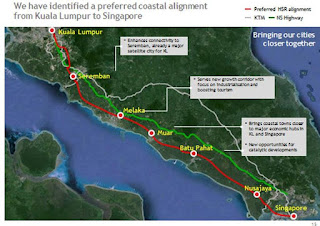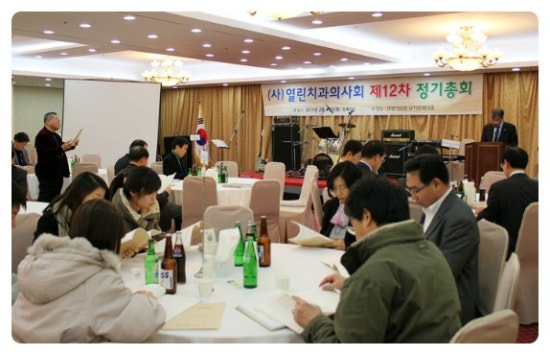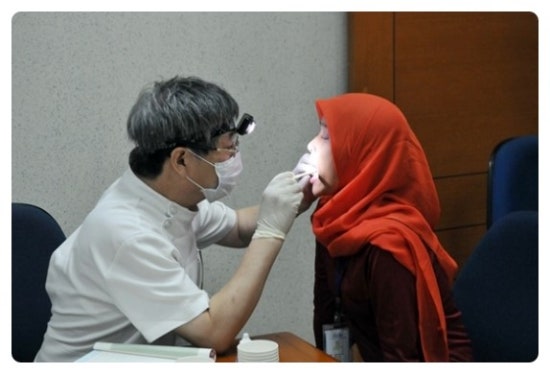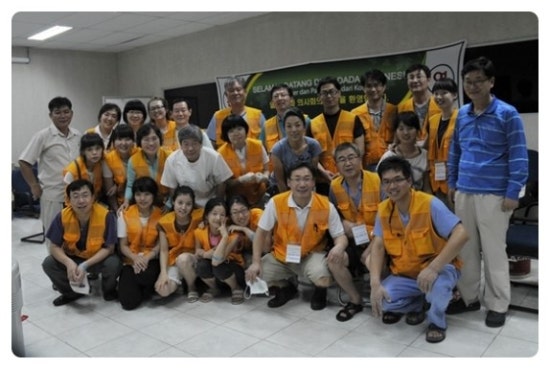
A
high-speed rail (HSR) linking Kuala Lumpur (KL), the capital of Malaysia and
Singapore was proposed by private sector both in the 1990s and year 2006 but
was shelved due to high cost.
The
HSR can reduce the travel time between KL and Singapore to 90 minutes and will
bring huge economic and social benefits to both countries. In year
2013, both governments agreed to cooperate and share the huge investment
required for the HSR project.
The
HSR project could be developed as a public-private partnership (PPP) scheme to
tap the private fund and gain the efficiency of private sector.
-
What is the infrastructure problem that the PPP
is trying to solve?
-
Currently,
the KL – Spore route is serviced by 3 main modes of transport: air, road and an
existing intercity rail network. The travel time between the two neighbours is
about four hours by car.
-
According
to Malaysia’s Land Public Transport Commission (SPAD), there is a need to
improve connectivity between the two countries. The currently traffic
congestion is acute and the capacity of the Causeway has exceeded 33%.
-
The
HSR project cannot be fully funded by either government or private sector alone
due to its huge upfront capex and long gestation period. Realistically, a
substantial amount of government assistance is required in the form of either
soft loans or grants.
 |
| Source: SPAD |
-
What services are to be provided and are these
services affordable?
-
It
will greatly reduce the travel time between the two neighbours to 90 minutes
from about four hours by car.
-
HSR
is an efficient and safe mode of transport.
-
The
HSR project does not only transporting people but also act as an economic
catalyst to further develop and spur new modern townships and economic
activities along the lines that will cross towns in southern part of peninsular
Malaysia .
 |
| Source: SPAD |
-
What are the reasons that the private sector
would want to participate?
-
PPP
would enable the private partner to capture the benefit of the ‘whole-life’
approach to operation and maintenance
-
PPP
scheme enables long-term profitable concession thus garners local and
international interest. The routes relevant for the Southern Corridor
HSR saw strong growth with the total travel market growing from 5.47 million
passenger-km in 2005 to 7.45 million passenger-km in 2011.
-
The
HSR is dubbed as South-East Asia’s most ambitious infrastructure project and
the region’s first HSR along a 340km link. Being selected as the private
partner in this PPP project would form a good profile for the private parnet
for future jobs and tenders.
-
The
HSR project has the supports from both private and public sectors because the
HSR project is economically sensible and politically acceptable.
-
Private
sector with experience in building and operating the HSR line would produce
better outputs with broader perspectives toward the project life cycle (LCC).
LCC considerations give flexibility to the designer, builder and operator
opportunity to be more efficient.
 |
| Source: SPAD |
- How should these risks be allocated? Consider
the country context in judging the risks and who should take them.
-
The
development cost of high-speed rail (HSR) project could possibly be divided
between the two governments based on geographical location of the project’s
infrastructure, which is reportedly more than RM38bil.
-
As
HSR service would be an alternative mode of transportation other than road
transport and air transport, using a user-fee PPP would be more appropriate
than availability-based PPP.
-
The
private party is usually allocated the risk of demand for use of the HSR, in addition
to the risks of design, finance, construction, and operation.
-
In
view that the HSR project would benefit not only the HSR users but would also contribute
to the development of economic and social aspects identified as economically
viable, the HSR demand risk may be allocated partially to the public authority
that may share the risk by underwriting a minimum level of usage and provide
subsidy.
-
long-term
risk transfer can be achieved in the PPP structure, especially as to
maintenance risk. This is because it may be cheaper for the Design, Build &
Operate (DBO) contractor to walk away than to deal with a long-term problem
with maintenance costs.
-
because
the debt funding is not provided or guaranteed by public-sector, private lender’s
discipline over the process is intact
-
construction,
completion and maintenance risks remain with the private sector
-
Tapping
the private sector’s strengths in securing finance, technical expertise,
construction knowhow and operation experience in a PPP project would ensure
that specific risks are allocated to those who best handle it.























